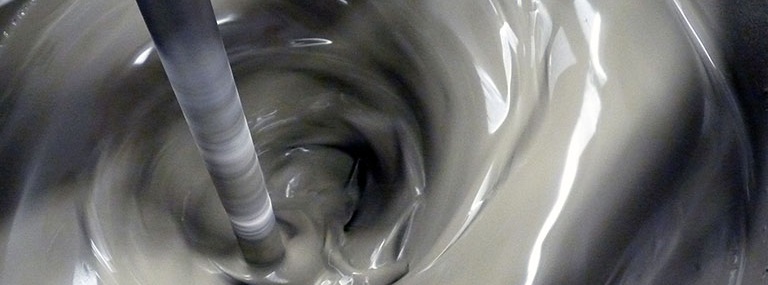Steffen Schiecke
Head of research department special building materials
+49 3643 8684-136
s.schiecke@iab-weimar.de

Through the targeted selection and analysis of the raw materials, the recyclable properties are precisely targeted and proven.
Head of research department special building materials
+49 3643 8684-136
s.schiecke@iab-weimar.de
